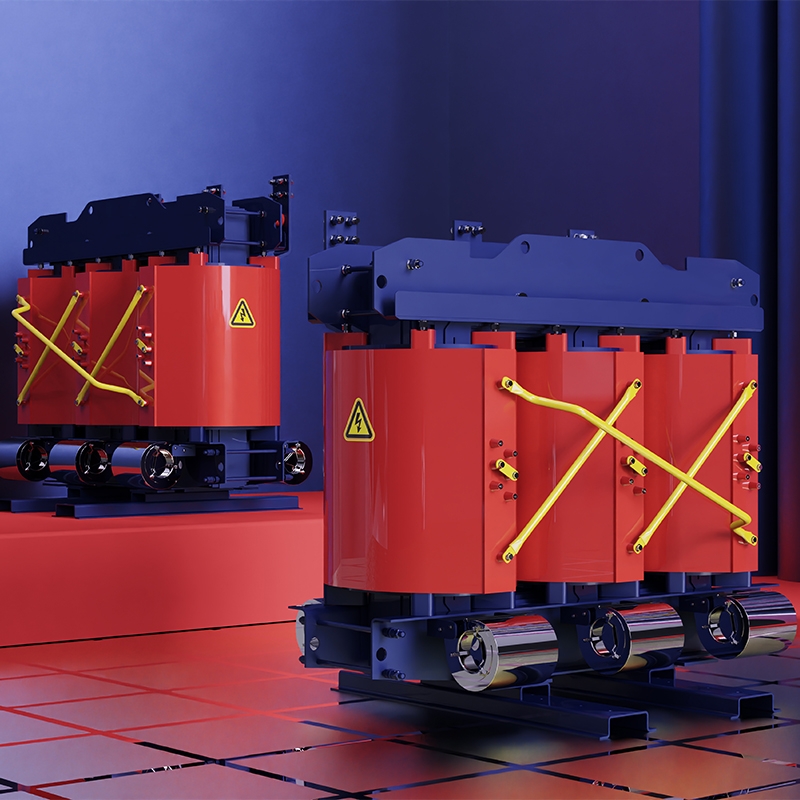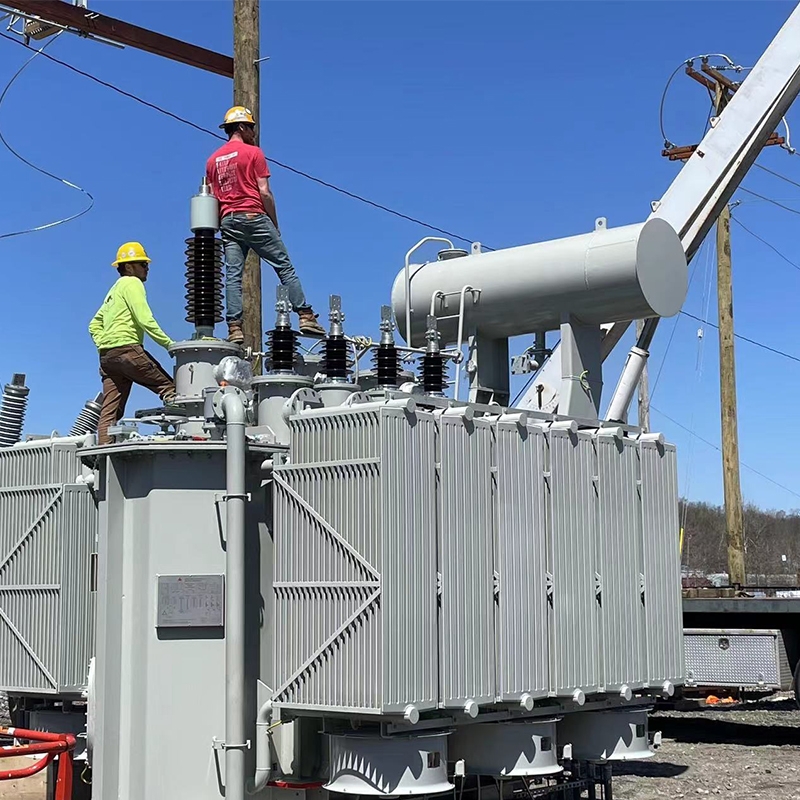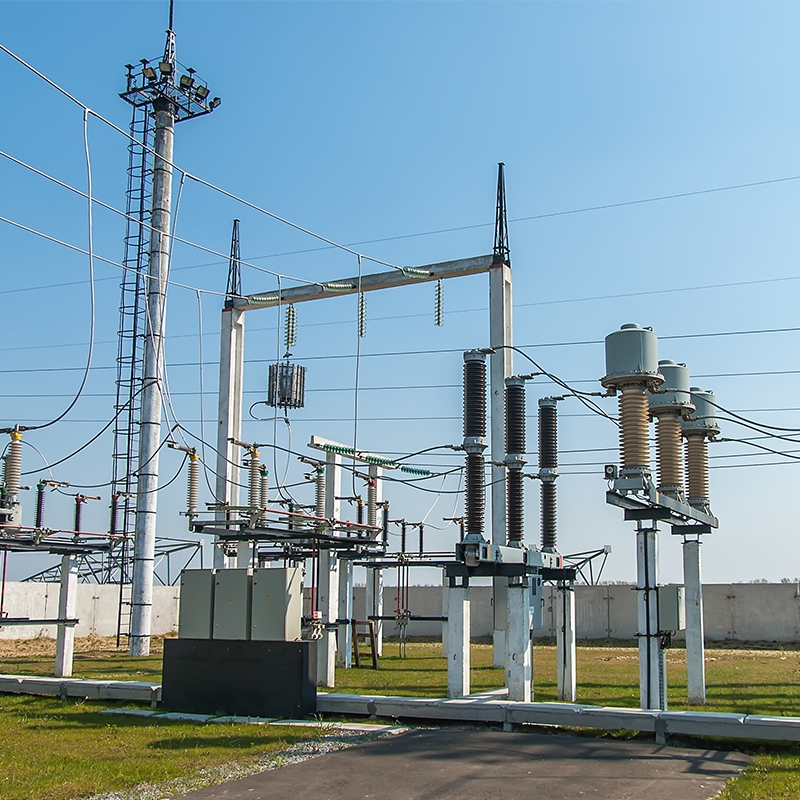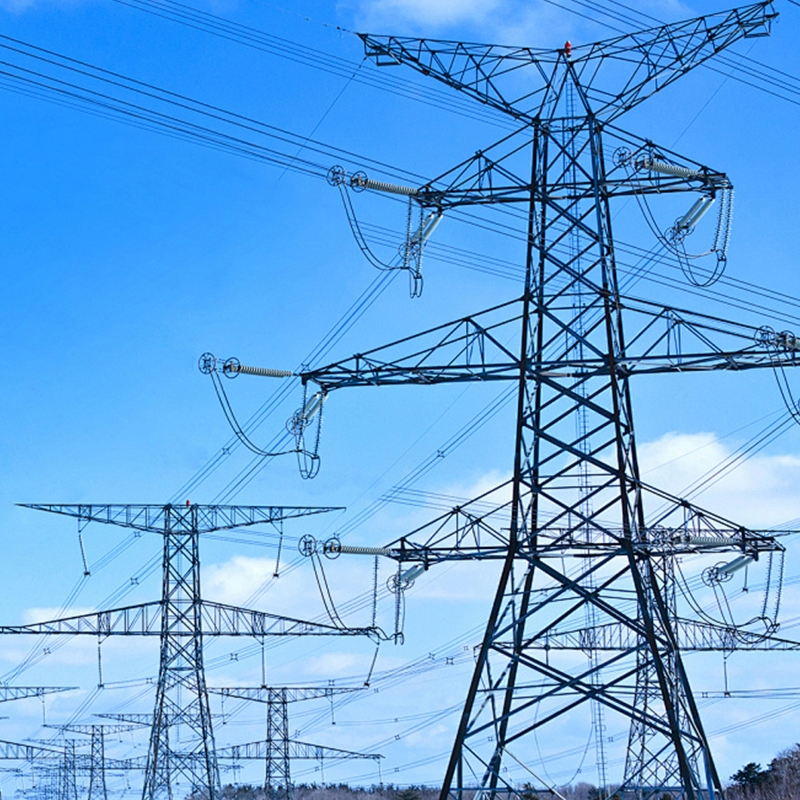The working principle and structure diagram of the transformer
The purpose of a transformer is to transform alternating voltage, current and impedance.The principle of a transformer is that when an alternating current flows through the primary coil, an alternating magnetic flux is generated in the iron core (or magnetic core), inducing a voltage (or current) in the secondary coil.
The structure of a transformer is composed of an iron core (or magnetic core) and coils. The coils have two or more windings, among which the winding connected to the power supply is called the primary coil, and the remaining windings are called secondary coils.
I. Manufacturing Principle of Transformers:
In a generator, whether the coil moves through a magnetic field or the magnetic field moves through a fixed coil, an electromotive force can be induced in the coil. In both cases, the value of the magnetic flux remains unchanged, but the amount of magnetic flux in the intersecting chain with the coil varies. This is the principle of mutual induction. A transformer is a device that uses electromagnetic mutual induction to transform voltage, current and impedance.
Ii. Classification of Transformers
Classified by cooling method: dry-type (self-cooling) transformers, oil-immersed (self-cooling) transformers, fluoride (evaporative cooling) transformers.
Classified by moisture-proof method: open-type transformer, potting transformer, sealed transformer.
Classified by core or coil structure: core-type transformers (finned iron core, C-type iron core, ferrite iron core), shell-type transformers (finned iron core, C-type iron core, ferrite iron core), toroidal transformers, metal foil transformers.
Classified by the number of power supply phases: single-phase transformer, three-phase transformer, multi-phase transformer.
By application classification: Power Transformer, voltage regulating transformer, audio transformer, medium frequency transformer, high frequency transformer, pulse transformer.
Iii. Characteristic Parameters of Power Transformers
Working frequency:
The core loss of a transformer is close




